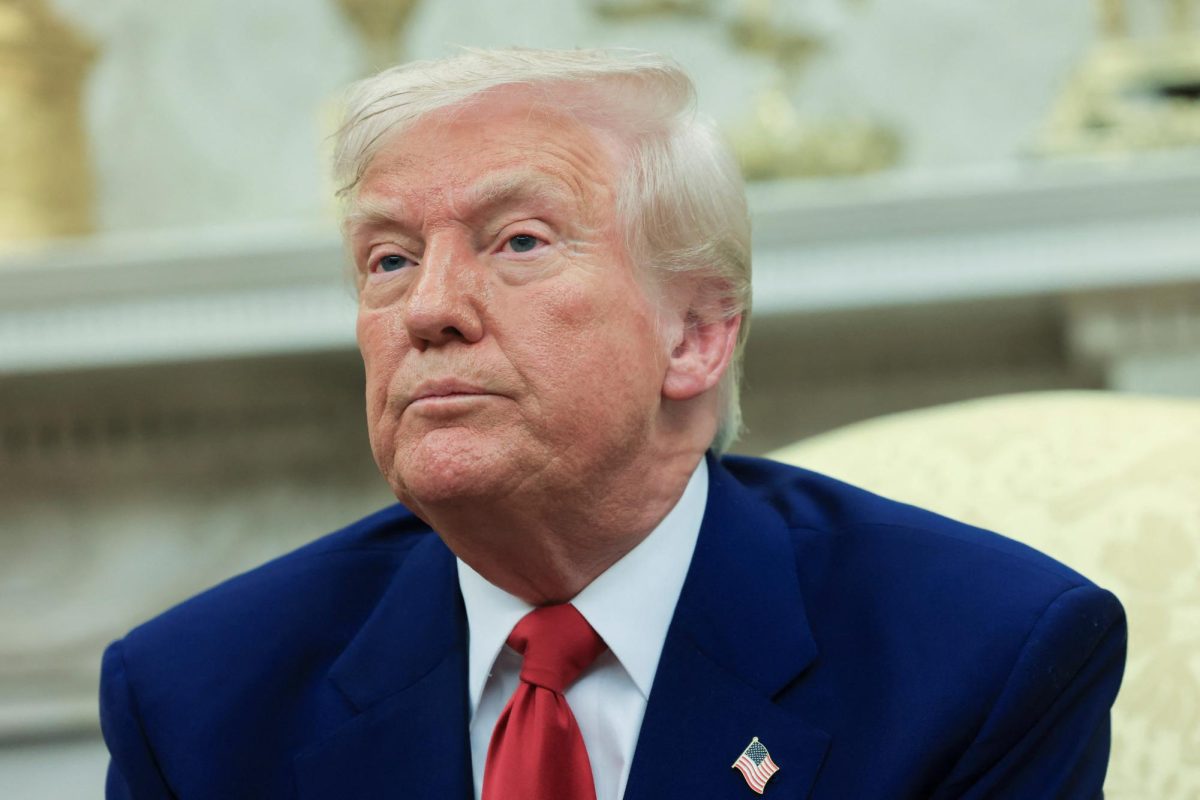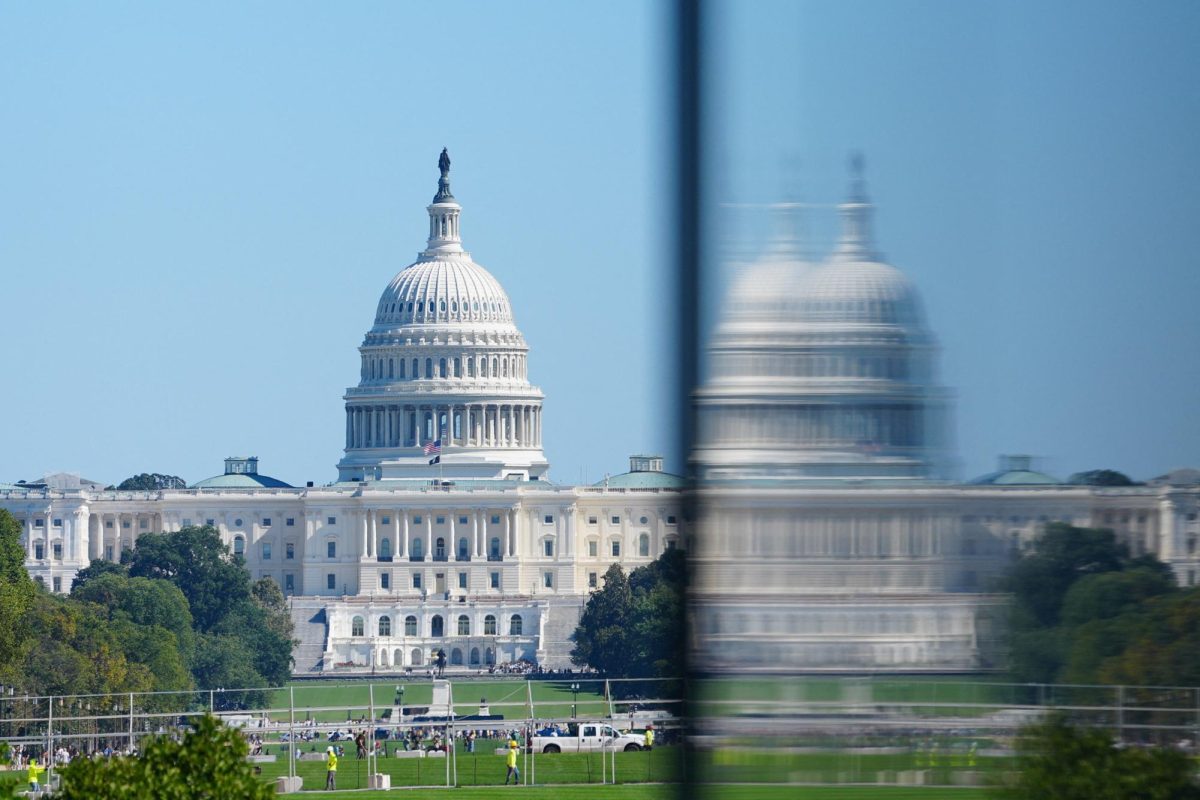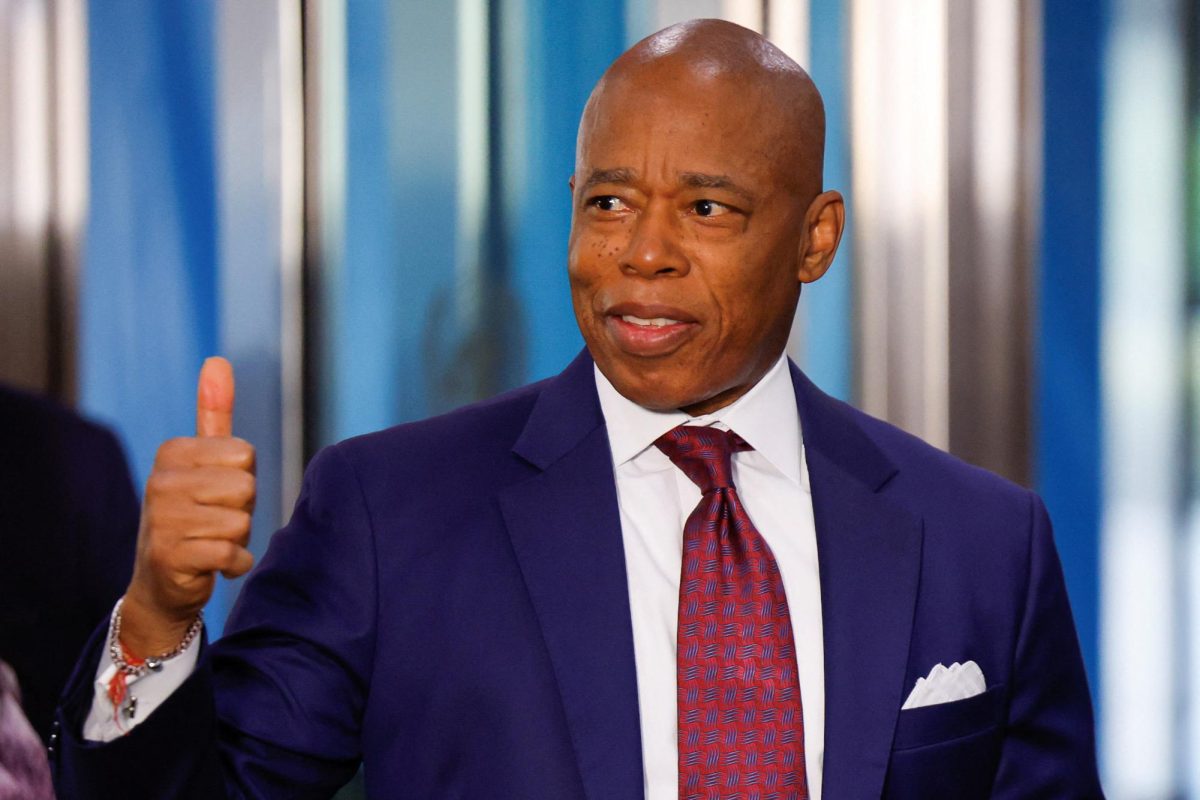On March 20, President Donald Trump signed an executive order to dismantle the Department of Education (DOE). While the president cannot get rid of the department alone, Trump directed Education Secretary Linda McMahon to begin the process of ending the DOE. In prior weeks, McMahon and other DOE officials have taken steps to reduce the workforce.
White House press secretary Karoline Leavitt told reporters that the DOE would not be completely shut down and that some of its main functions would continue, according to a March 20 NBC article. However, the department would be much smaller.
Already, the DOE workforce has been halved. Before Trump’s inauguration, the DOE had around 4,000 workers. It now holds around 2,100 workers, according to a March 11 press release from the DOE’s website. This agency was already one of the smallest agencies and is now even smaller.
“Today’s reduction in force reflects the Department of Education’s commitment to efficiency, accountability and ensuring that resources are directed where they matter most: to students, parents and teachers,” McMahon said in the press release.
The executive order has stirred up a lot of controversy. Some think that this will be good as it will give more power back to the states. Others feel that this will be too much of a burden for the states and leave many low-income districts without the necessary funding. A Quinnipiac University survey from March 13 found that 60 percent of voters disagree with this action, while 33 percent of voters agree with it. Trump’s reasoning behind the order is that the “federal education bureaucracy is not working,” as too much money is being spent with little results, according to his executive order on March 20.
The DOE’s main function is to provide funding to schools that need it to promote equal access to education and better the management of federal education programming. The department has its own Office of Civil Rights to fully ensure there is fair opportunity for all students to have an education. The DOE also manages grants and federal special education programs, according to a March 11 TODAY article. Congress, who created the department in 1979, would need to take action for the department to completely be dismantled. It would be difficult for Trump to get the majority needed to abolish the DOE, but not impossible. Trump does not have the power to disassemble the DOE with an executive order and would need Congress to enact a bill for this to occur.
“The president can certainly issue executive orders that weaken the agency, like they’ve done, but they cannot completely eliminate the agency without Congress,” AP Government and Politics teacher Beth Vaknin said.
Even if the department shuts down, there are a lot of unknowns surrounding what would actually happen. Some of the DOE’s functions may no longer exist, while others will become the responsibility of other departments.
“Let’s say they kept FAFSA (Free Application for Federal Student Aid), the presumption is that they won’t be as effective, as they won’t have their own department,” Vaknin said.
While the DOE does not dictate what schools teach, many schools do rely on them for funding. Title 1 funding, which gives money to districts with high numbers of impoverished students, special education programs and Pell grants are just some of the programs that may be directly impacted by the end of the DOE.
Regardless if the DOE is completely shut down or not, Trump’s executive order is unprecedented and has raised many questions about the scope of executive power.









